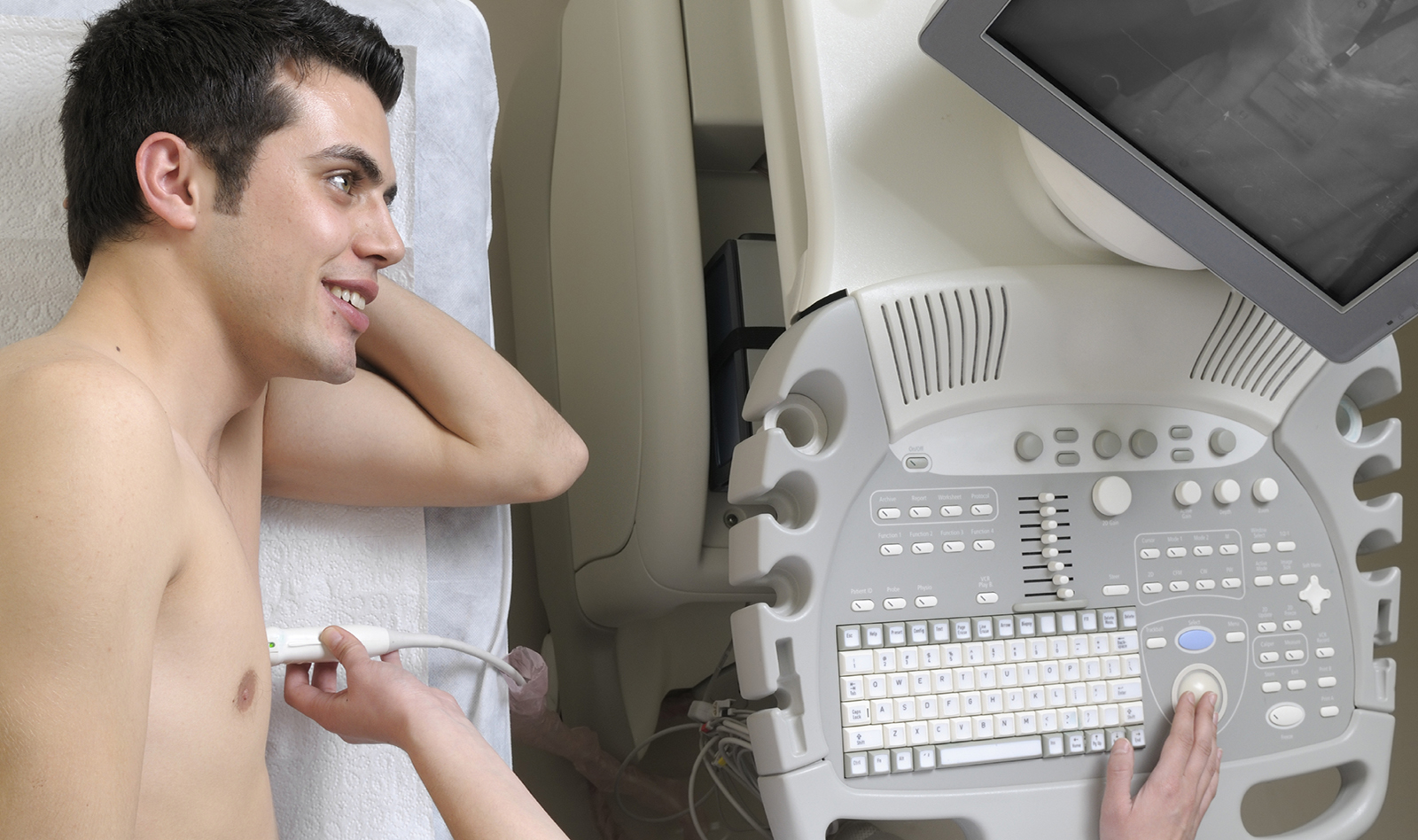Regional right ventricular longitudinal systolic strain for detection of severely impaired right ventricular performance in pulmonary hypertension
Source: Echocardiography. 2020;37:592–600.
INTRODUCTION
Right ventricular (RV) function is a key determinant of outcome in patients with pulmonary hypertension (PH), which is a life- threatening disease leading to RV dilatation and failure. RV geometry is complex, which leads to challenges in noninvasive evaluation of regional and global RV function. Hemodynamics assessed using Invasive approach of right heart catheterization (RHC) provides important information of RV function and prognosis.
A quantitative assessment of both global and regional RV myocardial motion and deformation can be done using speckle tracking echocardiography (STE). This method analyzes the deformation of the myocardium by tracking myocardial movement and allows quantitative assessment of both global and regional RV myocardial mo3on and deformation.
The purposes of this study were to:
- Evaluate the regional RV systolic function estimated by two- dimensional speckle tracking echocardiography in patients with pulmonary
- Investigate the relationship between RV regional strain and the hemodynamics and RV systolic function measured by right heart catheterization in patients with pulmonary
STUDY POPULATION
100 consecutive patients (mean age 48 ± 17 years, 4ti% men) with PH were included between June 2015 and March 2019. All patients underwent echocardiography and right heart catheterization (RHC) within three days of each other. PH was defined as an increase in mean pulmonary arterial pressure (PAPm) ≥ 25 mm Hg at rest by RHC. Exclusion criteria included previous myocardial infarction, left-sided heart failure, irregular heart rhythm, significant valve disease including severe tricuspid regurgitation, and poor-quality RV images. The control group contained 29 age- and sex-matched normal subjects who had normal physical examination, no cardiopulmonary disease, and good-quality RV images.
RIGHT-HEART CATHETERIZATION
A 7F Swan-Ganz catheter was used to measure systolic, diastolic, and mean pulmonary arterial pressure (PAP), mean right atrial pressure (RAP), and mean pulmonary capillary wedge pressure. Cardiac output was measured using thermodilution method, which calculated the cardiac index (CI). The transpulmonary gradient (TPG) was calculated by subtracting the mean PAP from the PCWP. Pulmonary vascular resistance (PVR) was calculated by dividing the TPG by the cardiac output. Decreased CI (<2.0 L/ min/m2) was identified as severe PH.
RESULTS
RA minor-axis dimension, RA end-systolic area, RV basal diameter, and RV/ LV basal diameter were significantly higher and TAPSE, Sʹ, and RV FAC were significantly lower in the PH group than in the control group, indicating RV dilatation and RV function impairment in patients with PH.
LPSS and LPSSR of the RV free wall were significantly lower in PH patients than in the control subjects, especially when comparing the basal and mid region of the RV free wall.
 English
English
 Español
Español 

